Indoor air quality rarely sees the same safeguarding as the outdoors, yet accumulated household pollutants incrementally damage health. Gases, chemicals, allergens and microparticles degrade inhabited atmospheres.
However, raising pollution awareness and proactively ventilating, purifying, and professionally deep cleaning interiors curtails threats. Fundamental perception shifts empower regarding indoor air with equal protection. Your welfare depends on transforming shelter into sanctuary.
Identifying Indoor Pollutants
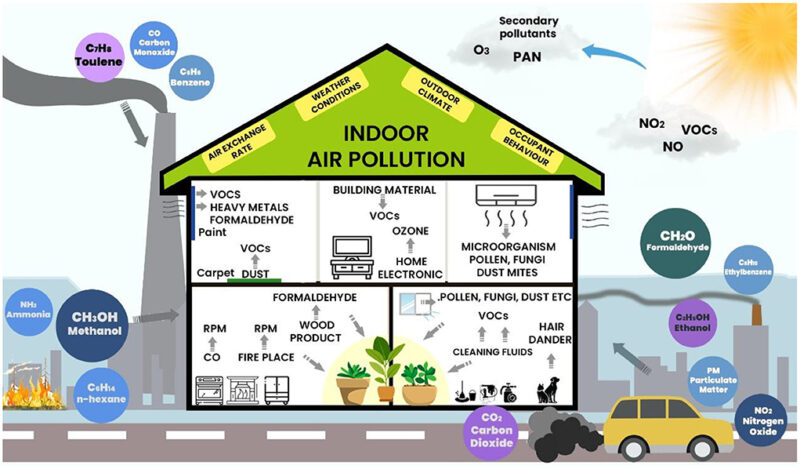
The first step to enhancing home air quality involves recognizing common household pollutants, which may initially seem invisible. Harmful gases can emit from appliances, radon accumulation, asbestos materials, lead-based paints, and certain building supplies.
Volatile organic compounds (VOCs) also frequently stem from everyday cleaning items, personal products, pesticides, and treatments. Moreover, biological irritants like mould, bacteria, pollen, and shedding pet dander can congregate indoors. Routinely cleaning the home, avoiding synthetic chemicals when possible, ensuring ample ventilation, and being mindful of pollution sources all help reduce risky airborne particles.
Paying attention to one’s living space and being proactive helps cut down on potential health issues.
Importance of Professional Cleaning
Regular house cleaning can eliminate several indoor pollutants; however, some areas need professional handling every once in a while. For instance, carpets are excellent pollutants’ accumulators over time despite regular vacuuming. They amass everything from dirt and dust to pet hair and other allergens.
In areas like Bromley, professional carpet cleaning services ensure deep cleaning, removing accumulated pollutants effectively. They use specialised equipment and suitable cleaning methods that not only improve life expectancy for your carpets but also enhance the overall indoor air quality.
Finding Local Services
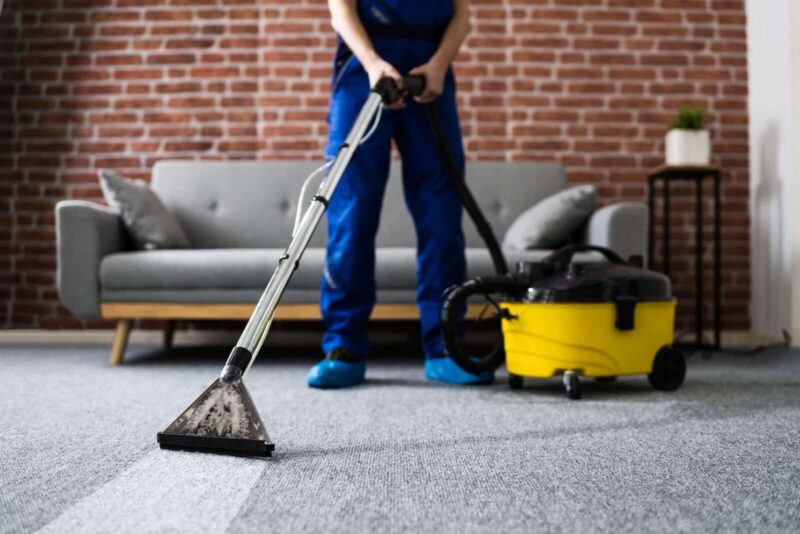
Googling carpet cleaning in Bromley, or your own area for local cleaners will bring professional services to bear on your floor coverings. These clean far deeper than vacuuming and sweeping can.
Beyond carpets, professional services also offer thorough cleaning for items like curtains, blinds, mattresses, soft toys that can withhold dust and allergens, affecting the indoor air quality of your home. Being proactive about such cleanings can add another level of freshness to your indoor atmosphere.
Maintaining Ventilation Systems
Proper ventilation circulation assists with expelling stale internal air to the outdoors while refreshing indoor atmospheres. Homeowners will want to periodically check for any ventilation duct dust, debris clogs or damage impeding ideal air flow. Consistently cleaning ventilation components helps preserve their working order.
Areas like basements and attics prone to stuffiness and moisture also need ample airflow to discourage mould and mildew formation. Opening windows regularly enables natural light and air to filter throughout the home.
Some houses benefit from installing energy recovery ventilators (ERVs) for improved conservation and climate control regulation. Furthermore, routinely changing heating, ventilation and air conditioning (HVAC) filters reduces strain that can degrade system performance over time.
Tackling Tobacco Smoke
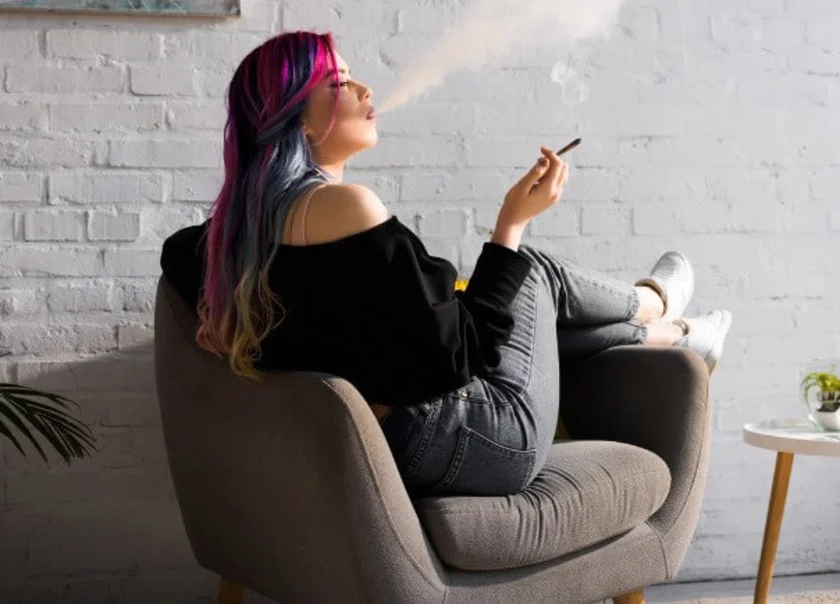
Secondhand smoke remains notably problematic for indoor air quality. Lingering smoke particles distribute throughout interior air while leaving behind stubborn odours. Eliminating indoor smoking altogether is the surest remedy, but proper ventilation can help mitigate exposure if preventing it entirely remains unrealistic.
Additionally, using designated smoking rooms configured with standalone ventilation systems and high-grade air filters can contain immediate dispersion through the broader home. Operating portable air purifiers also somewhat constrains harmful exposure.
Since traces stick to clothes, upholstery and furniture, frequently washing or refreshing these textiles limit ongoing particle circulation. Using durable draperies and fabrics specifically treated for stain resistance further facilitates cleanup maintenance. Any small effort aimed at containing contamination makes a difference.
Cleanliness of Upholstery
Home upholstery requires effective care to avoid exacerbating indoor pollution as fabrics easily capture allergens like dust mites, mould spores and dander that later re-disperse into the air. While regular vacuum cleaning helps, reaching deep into upholstery fibres poses challenges.
Seeking extensive professional services ensures meticulous treatment for a healthier habitat, especially important for homes with respiratory sensitivities. Companies like Cleaner Cleaner implement thorough, ethical methods for removing amassed pollutants around the Croydon area. Scheduling periodic deep cleanings makes a constructive difference in preserving furnishings and maintaining cleaner household air.
Use of Air Purifiers

Air purifying systems actively filter trapped indoor air through intensive particulate filters in order to refresh interior living spaces. Today’s models target the removal of not only basic dust but also more dangerous micro-sized allergens and chemicals.
Those living in tight apartments, high traffic zones or sensitive to air issues may benefit from high efficiency particulate air (HEPA) purifiers designed to catch extremely small contaminants. Moreover, certain devices also integrate activated carbon filters, odour neutralising technology or other advances to broaden scope.
When selecting an ideal unit, check aspects like room capacities, power ratings, noise production and long-term filter expenses.
All About Houseplants
Indoor houseplants wonderfully enhance living spaces while naturally purifying air. Through their growth process, plants absorb carbon dioxide and issue fresh oxygen into the surroundings. They also have innate toxin-fighting properties that help combat harmful indoor substances from multiple household items and treatments.
Certain popular varieties like spider plants, snake plants, aloe vera, English ivy, and bamboo palms have shown effective air cleaning capabilities.
For instance, spider plants specifically target pollutants like formaldehyde and benzene. Snake plants filter air overnight, making them suitable additions to bedrooms. Meanwhile, bamboo palms scrub chemical contaminants as recognized in a prominent clean air study by NASA. Every plant has particular care requirements like water, light and soil preferences for successfully aiding air filtration while staying healthy.
Reducing Pet Dander
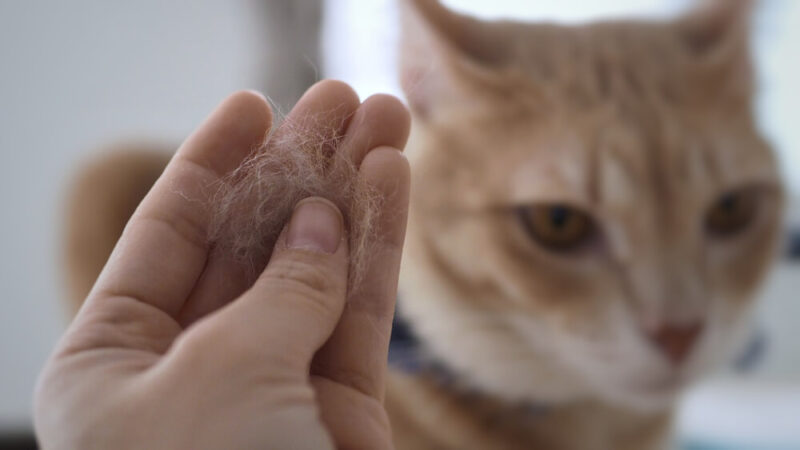
Indoor pet residents contribute to air pollution through dispersed dander, microscopic flecks of skin and fur. This commonly triggers respiratory issues among sensitive households. Bathing animals regularly, brushing coats outside then using high-quality dander-trapping vacuum cleaners helps tame allergens.
Deploying HEPA-filtered air purification systems provides further defence. Additionally, limiting access to bedrooms nurtures cleaner sanctuaries away from clingy allergens that tend to follow pets.
Pesticide Control Measures
According to research, indoor pesticide particles often far exceed outdoor concentrations through home applications and chemical cleaning product residues. Exposure links to severe nervous system, hormone and possible cancer risks. Seeking out less toxic defences like natural repellents or organic-based treatments is strongly advised whenever viable.
Sealing home entry points also deters infestations needing chemical intervention. Properly washing produce introduced from gardens aids in flushing away lingering pesticides as well. When application seems unavoidable, carefully follow all label safety guidelines and restrict access to treated areas until fully settled.
Management of Humidity Levels
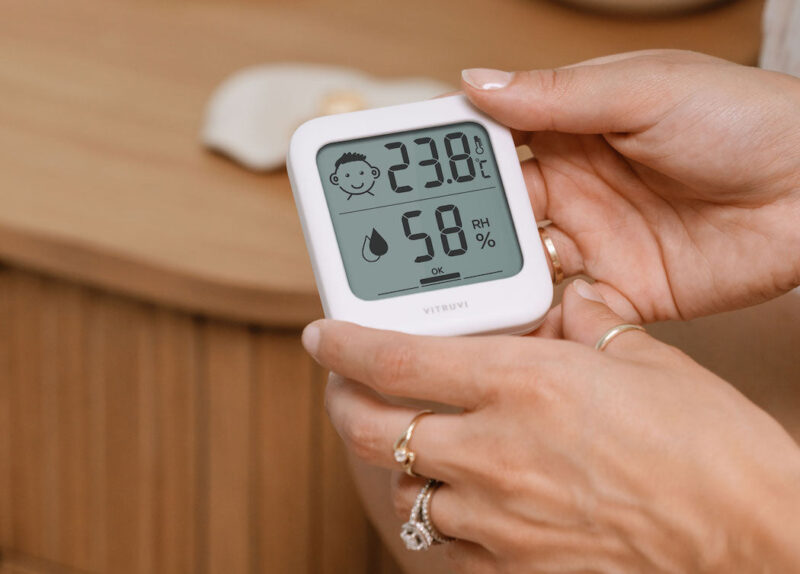
Monitoring indoor humidity proves important for healthy air as moisture extremes foster problems. Excessively high humidity spurs mould development and dust mite infestations. Conversely, overly dry air exacerbates respiratory distress. Experts advise maintaining 30-50% humidity to curb issues. Using dehumidifiers helps reduce dampness in humid zones like basements and bathrooms.
Properly installing spray foam insulation creates durable, moisture-resistant air seals around foundations. Allowing proper ventilation during cooking, showers and other activities generating moisture prevents saturation. Alternatively, adding humidifiers boosts comfort within dry, arid indoor climates. However, take care not to over-humidify beyond advisable guidelines.
Wrapping it Up
Maintaining good indoor air quality is a vital but often ignored aspect of a healthy lifestyle. By identifying common pollutants, ensuring regular cleaning routines including professional carpet and upholstery cleaning, managing humidity levels and using mechanical aids like air purifiers – one can effectively improve the breathing atmosphere at home.
Above all, every small step you take towards cleaner indoor air greatly contributes to your health and wellbeing.


